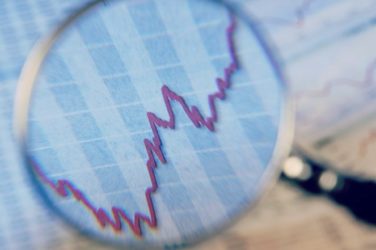
Volatility is everywhere for global investors; from macroeconomics, to portfolio construction and to hedging
Reminiscing the unforeseen events of a global meltdown in 2008 and 2009, investors today need to expect the unexpected—both from policy makers, and markets themselves.
As uncertain political events weave their way into the markets, market participants may feel pessimistic about its disruptive integration into market practices, whereas some policy makers are positive about the intertwinement.
Edward Luttwak, senior associate at Center for Strategic and International Studies, a public policy research institution cited that the national myth of the U.S. is that falling wages was undermining economic growth, and noted, “the U.S. and all of Europe have political, self-stabilizing systems, self stabilizing systems,” which has “material consequences for an investor.”
Ongoing market volatility has stirred doubt amongst investors who normally may not question common strategy implementations, such as hedge strategies.
“It’s very important to monitor how you would approach construction of a tail hedge—what if your overlay does not work? In 2008, and in 2011, (typical) hedges didn’t work,” said Arvin Soh, institutional and private investment manager GAM, citing macroeconomic woes in Europe, outlier events. “You need to be careful about overlays—and make sure even that’s diversified.”
Other portfolio managers warned buy side managers against buying into what “Wall Street is selling,” in today’s volatile markets.
“We need to stop buying things based off of what Wall Street is selling,” said Jeff Scott, chief investment officer at Wurts and Associates, an institutional consultancy that provides outsourced CIO services.
“For example, people assumed that active risk budgeting meant to buy into fixed income, and they buy into an aggregate index without realizing they’re buying CMBS (commercial mortgage backed securities), and high yield securities….we should pursue active risk budgeting based on what we want to buy,” said Scott.
Investors are faced with temptation to hedge, according to Scott, and such actions may “even move markets further.”
“There needs to be more of a focus on risk budgeting in the portfolio that goes beyond typical risk factors,” according to Scott.





